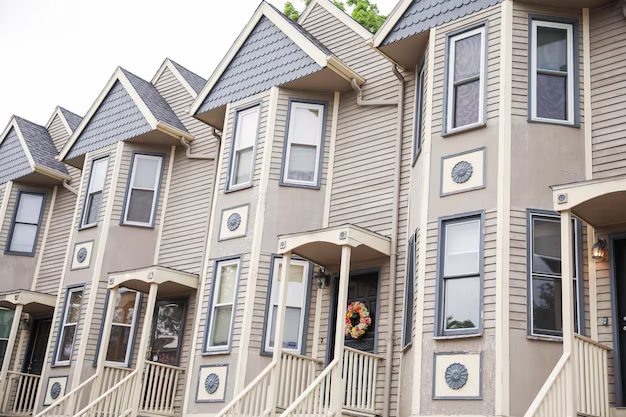Discover Apartments That Accept Section 8: Your Guide to Housing Assistance and More
Finding an apartment that accepts Section 8 vouchers can be a critical step toward securing affordable housing. The Section 8 Housing Choice Voucher Program, administered by the U.S. Department of Housing and Urban Development (HUD), helps low-income families, the elderly, and individuals with disabilities afford safe and decent housing in the private market. If you’re navigating this process, here’s what you need to know to find the right apartment and explore supporting financial resources.
Understanding Section 8 Housing
At its core, the Section 8 program provides rental assistance to eligible participants by covering a portion of their rent, directly paying landlords on behalf of tenants. To find apartments accepting these vouchers, you should:
Check with local housing authorities: Each area has a Public Housing Agency (PHA) that administers Section 8 vouchers. These agencies provide lists of landlords who accept vouchers.
Use online resources: Websites dedicated to affordable housing can be invaluable. Platforms like GoSection8.com and AffordableHousingOnline.com are tailored to help users find suitable housing options.
Contact apartment management: Don’t hesitate to call apartment complexes directly to inquire if they accept Section 8. Speaking to leasing officers can provide insights into availability and application processes.
Tips for Securing a Section 8 Apartment
Once you’ve identified potential apartments, follow these steps to increase your chances of approval:
Complete all paperwork meticulously: Ensure your application is thorough and includes all requested documentation.
Prepare to demonstrate eligibility: Be ready to provide proof of income, any required background checks, and references if needed.
Communicate openly with landlords: Discuss any concerns or questions about Section 8, showcasing how the program works to their advantage by guaranteeing a portion of rental income.
Expanding Financial Support Beyond Housing
While securing housing is a primary concern, it’s also beneficial to explore other financial support systems that could enhance overall stability:
Government Aid Programs
Supplemental Nutrition Assistance Program (SNAP): Provides food-purchasing assistance for low and no-income people.
Temporary Assistance for Needy Families (TANF): Offers temporary financial assistance to foster self-sufficiency through employment.
Financial Assistance & Debt Relief Options
Utility and energy assistance programs: Many states offer relief to help reduce the burden of utility bills.
Credit Counseling Services: Organizations like the National Foundation for Credit Counseling provide free guidance on debt management.
Educational Grants and Opportunities
Pell Grants: Enable low-income students to cover college costs, promoting long-term financial growth through education.
Local community college initiatives: Often provide low-cost education and skill training to boost employment opportunities.
Exploring these resources can create a comprehensive support system that extends beyond just your housing needs.
Key Financial Resources and Opportunities
- 🏠 Section 8 Vouchers: Find housing that suits your budget.
- 🍎 SNAP Benefits: Assistance with food security.
- 👪 TANF Programs: Short-term financial relief for families.
- ⚡ Energy Assistance: Aid in covering utility costs.
- 💳 Credit Counseling: Free help with managing debts.
- 🎓 Pell Grants: Financial assistance for education.
- 📚 Community College Programs: Affordable access to education and job skills training.
Incorporating these solutions can significantly alleviate the pressure of financial responsibilities, giving you a clearer path to stability and growth. While finding an apartment that accepts Section 8 might initially seem daunting, leveraging a combination of housing and broader financial resources can open doors to a secure and empowered future.
